What to plant after strawberries?
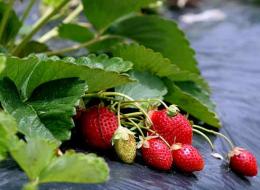
Crop rotation is a necessary measure in plant agriculture. Most plants are not planted in the same place next year. If you really liked this area cabbage, then wait 3-4 years. This rule does not apply to tomatoes, potatoes and beans. These crops can bear fruit well in the same place. Strawberries give good results for three to four years, and after that their yield decreases and they need to be replanted to another place. Therefore, you need to pay close attention to crop rotation if you want to get a good harvest of aromatic and juicy berries. You need to know which plants can be the predecessors of bushes of the Rosaceae family, and which crops are recommended to be planted after strawberries.
Content:
- Why is crop rotation needed?
- What should I plant after strawberries?
- Tillage after digging strawberries
- What crops should not be planted after strawberries?
- Predecessors of strawberries
Why is crop rotation needed?
The importance of crop rotation lies in the rational use of land and the soil's replenishment of its natural reserves. Different crops consume different compositions of nutrients from the fertile layer. Strawberries are demanding of organic matter and loose and fertilized soil.
The soil must have a sufficient amount of nitrogen, potassium and trace elements.
Each type of plant has its own requirements for the looseness of the arable layer, density, structure and structure. Also, the reason for the necessary crop rotation is considered to be the unequal attitude of cultivated plants to weeds and diseases and pests. If strawberries have their own pests, then carrots have completely different ones.
What should I plant after strawberries?
Strawberries have a deep root system, so in accordance with the general principles of crop rotation, it is better to plant plants with a shallow root system. It is also necessary to take into account the fact that if a plant is affected by any diseases, after it it is necessary to plant crops resistant to these diseases.
Another important point is that to replenish nutrients in the soil, it is recommended to plant crops with fruits on branches, for example, legumes or cucumbers, after root crops.
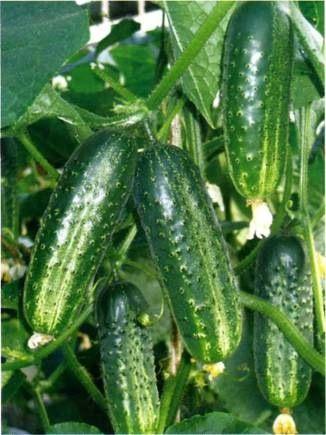
Therefore, when deciding what to plant after strawberries, gardeners usually choose root crops or legumes. For example, having dug up strawberry bushes, they dig up the ground, and next year in the spring they plant cucumbers, pumpkins or zucchini, after another year - onions or radishes with turnips. It is noteworthy that legumes enrich the soil with nitrogen, so after peas, lentils, beans, garlic and onions, you can plant any crops, for example, cabbage, which is demanding on the nitrogen content in the soil.
Tillage after digging strawberries
After digging up old strawberry bushes, be sure to burn them to destroy pests and diseases that the plant suffers from and to prevent the infection from spreading to other crops.
It is also important to thoroughly remove all weeds. Since the root system of strawberries is quite powerful, during the growth of the plant and the fruiting period, complete removal of weeds such as horsetail and wheatgrass is not possible. Therefore, after digging up the bushes, these weeds must be carefully removed. To do this, dig up the ground two deep, add half-rotted manure and humus.
What crops should not be planted after strawberries?
There are not many crops of the Rosaceae family, which includes strawberries, in ordinary gardens. These include raspberry, hawthorn, rowan, cloudberry, rose hip. Therefore, there are a number of crops that cannot be planted after strawberries. These include raspberries, also from the Rosaceae family. For this reason, plants have many common pests, diseases and viruses. They are equally demanding of the soil, which must be fertile and rich in organic matter.
Predecessors of strawberries
When planting strawberries, gardeners look for a place to plant bushes of the fragrant berry. Parsley, spinach, radishes, radishes, turnips, dill, peas, beans, broad beans, carrots, turnips, corn and even bulbous flowers such as tulips, daffodils and hyacinths can grow in front of strawberries. Agronomists advise that if you like a place for strawberries, then plant it there in no earlier than six years.
Fruitful strawberries are best grown after black fallow or planting of cereals. Improving the soil with the help of special plants - green manure.
The most famous green manure crops:
- mustard
- rape
- oilseed radish
- Vika
- peas
- lupine
- clover
- phacelia
- alfalfa
- buckwheat
- oats
- barley
- rye
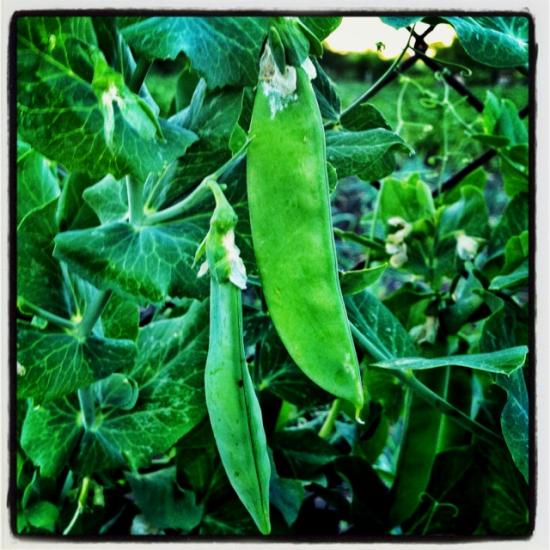
These plants are considered organic fertilizer because once grown, they remain in the ground after digging. No need grow strawberries after representatives of the nightshade family - tomatoes or potatoes.
After planting strawberries, take care of their natural protection. Plant plants nearby in the spaces between the rows that will protect you from diseases and pests. Parsley and garlic can be such helpers. Parsley will protect strawberry plants from diseases, and parsley will repel slugs from the fragrant berries.

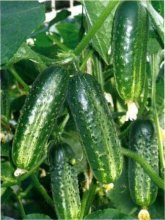
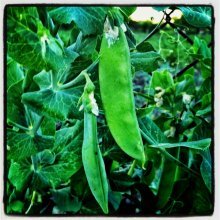
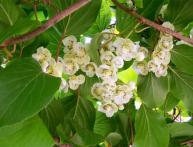
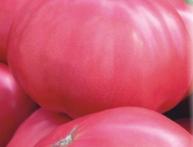
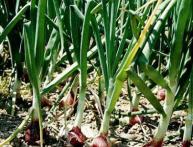
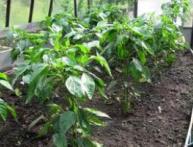
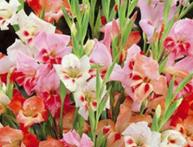
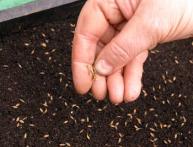
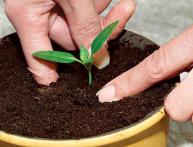

Comments
I spent a long time reading your article.You answered every other question, but not the one that was asked, namely: What to plant after strawberries?
legumes and root crops.
the text explicitly states this.
Based on my experience, I can add. On the plot after planting strawberries, root crops such as carrots and beets will grow well, but melons are somehow not so good. Apparently this is due to the lack of nitrogen, which strawberries consume a lot.
Personally, potatoes have been growing in my garden after strawberries for the second year now. Moreover, it grows well and the harvest is decent. And I won’t say that the soil has weakened much after the strawberries, it’s quite normal.
This is a pressing question for me - we are just about to dig up strawberries and plant something else. The only thing we don’t know yet is. The strawberries have been in one place for five years, and there was practically no harvest in the last year. There were few berries and they were small. Tell me, is it worth fertilizing the soil with something else in addition to manure and humus?
If only I had known earlier about the peculiarities of planting plants where strawberries are planted, I wouldn’t have suffered so much. And so I had to figure it out myself by trial and error. But immediately after digging strawberries, I planted root vegetables (cucumbers and zucchini) in their place and, at first, for some reason, there was no harvest at all. Maybe someone else had this too?
Sorry, I don’t agree with you “This rule does not apply to tomatoes, potatoes and beans. These crops can bear fruit well in the same place.” The scientific literature on agronomy indicates that representatives of nightshades: tomato, pepper, eggplant cannot tolerate repeated cultivation and are unsatisfactory predecessors of each other. Legumes too.